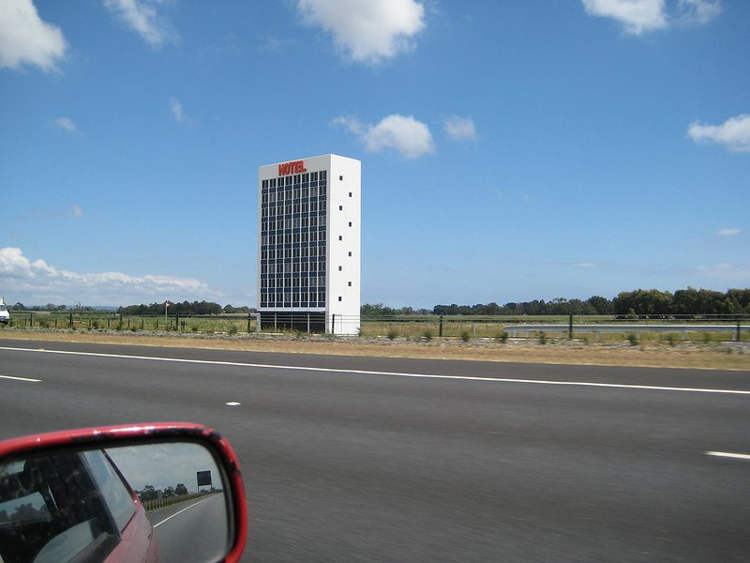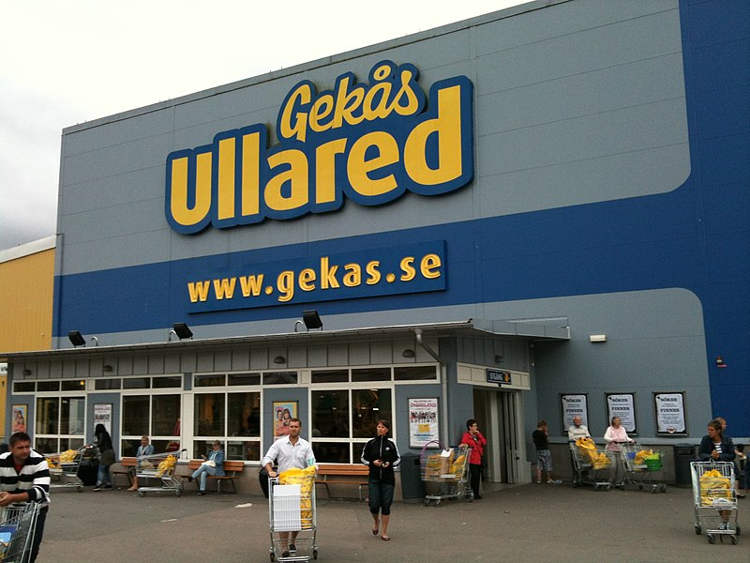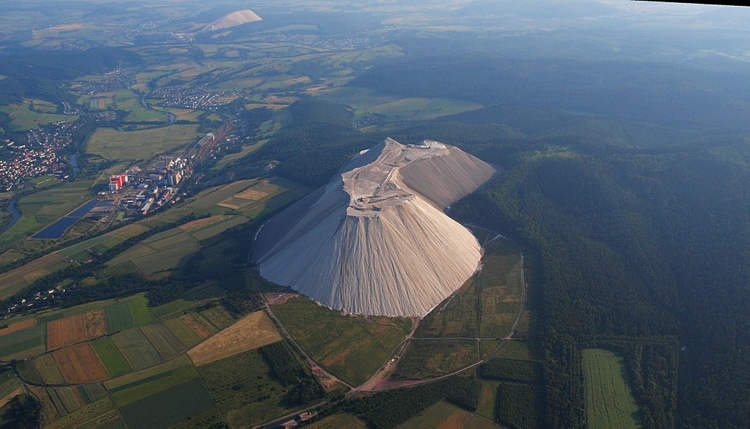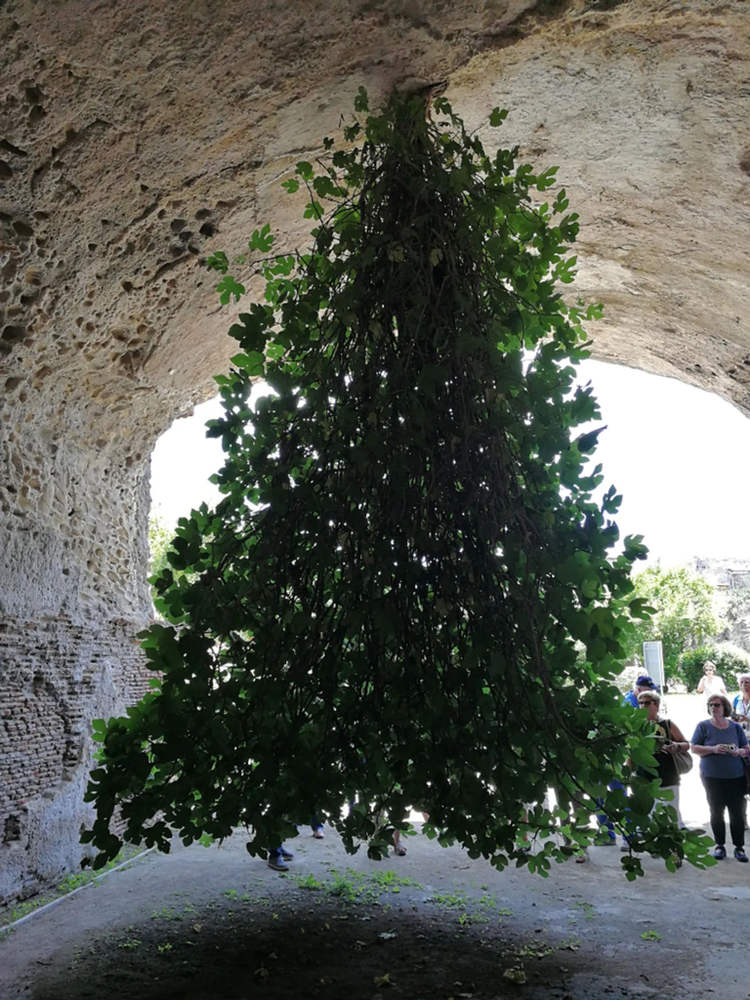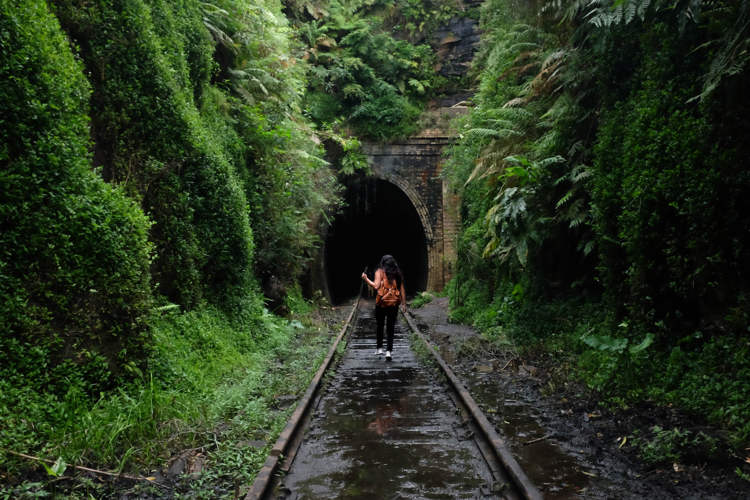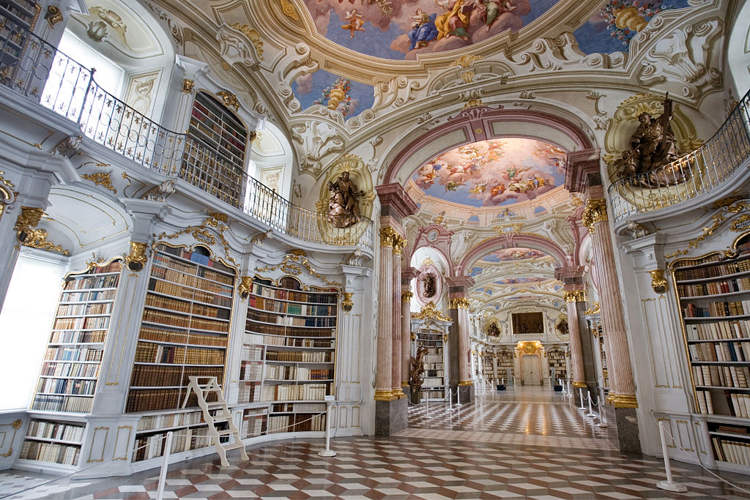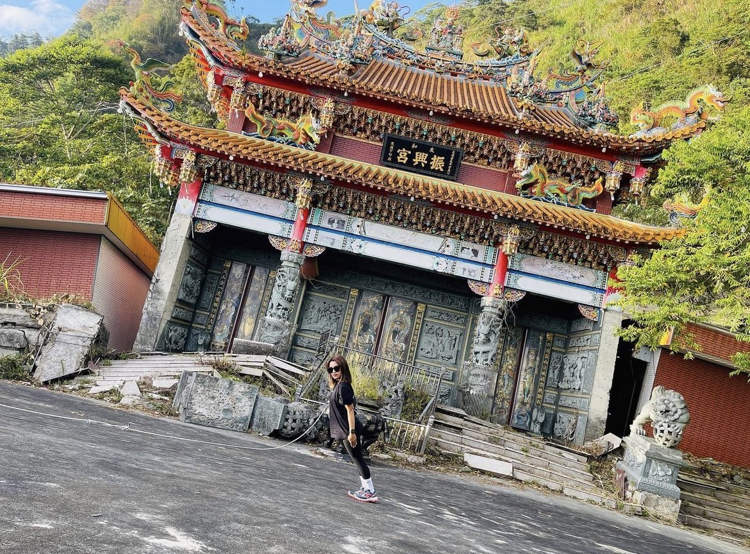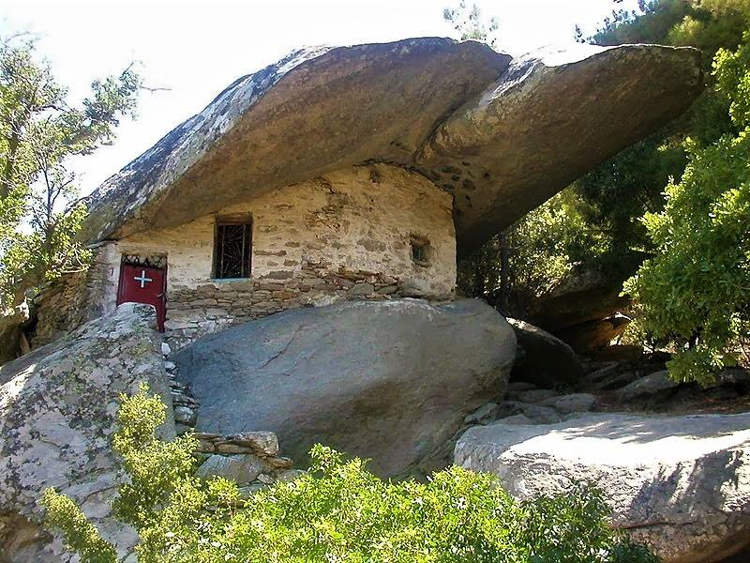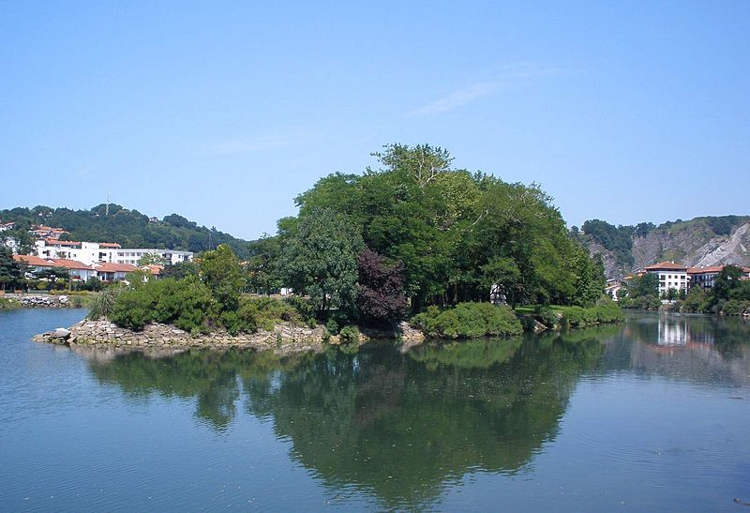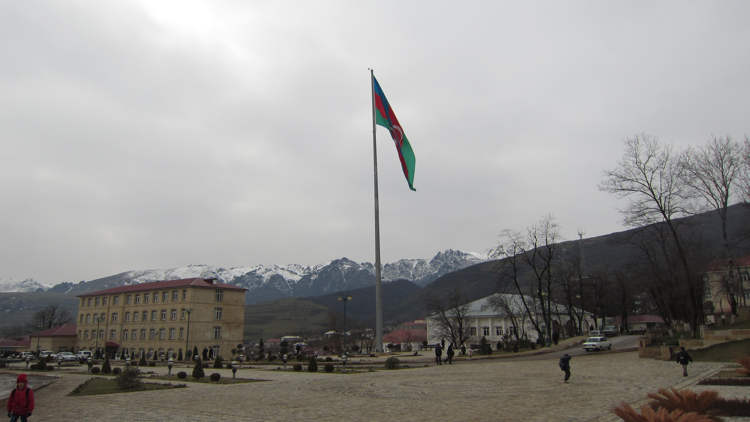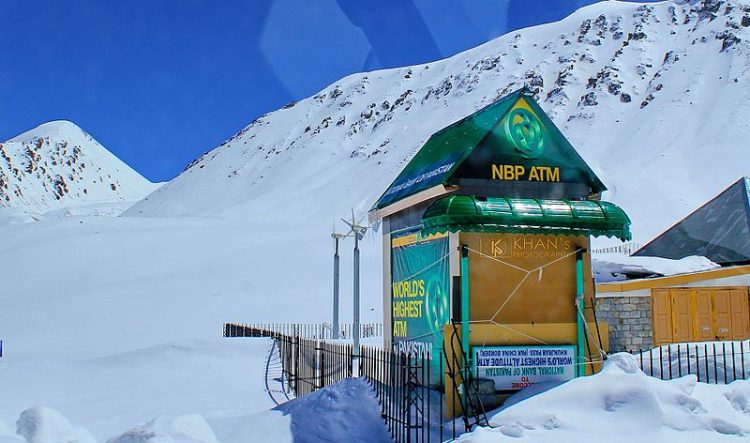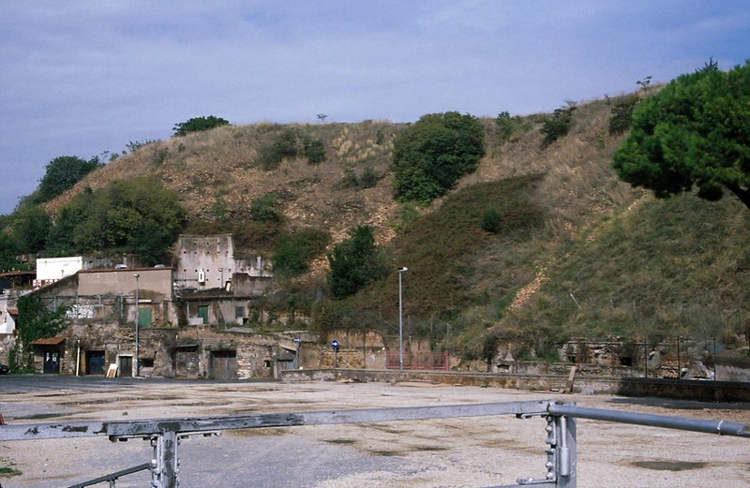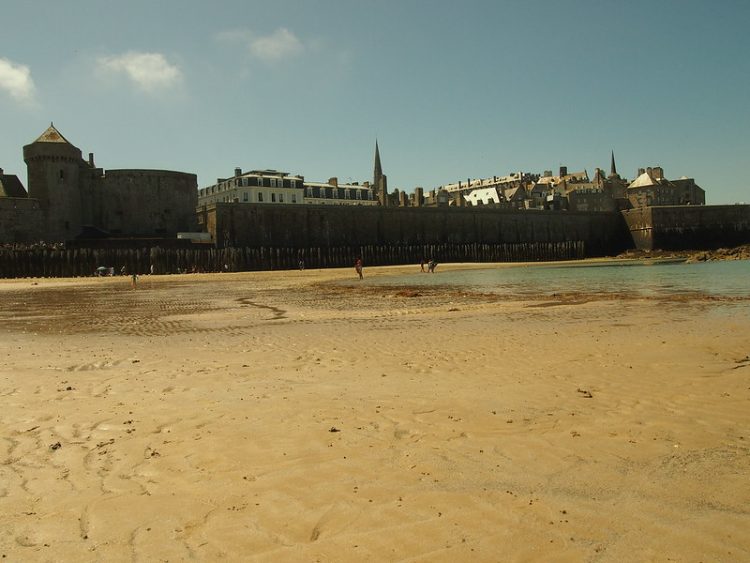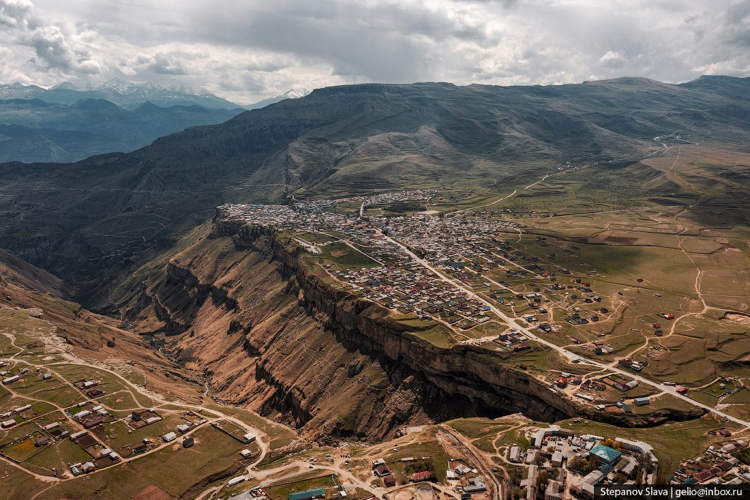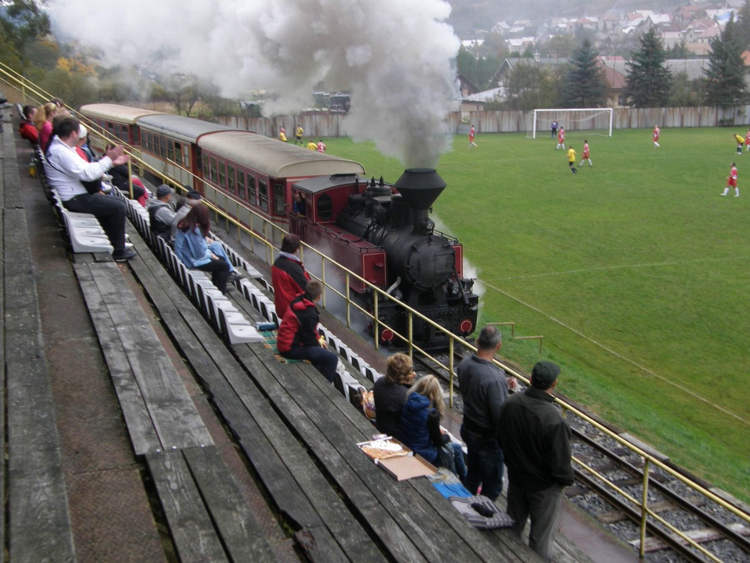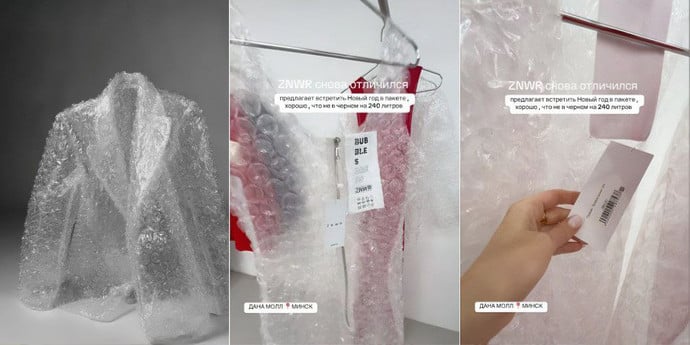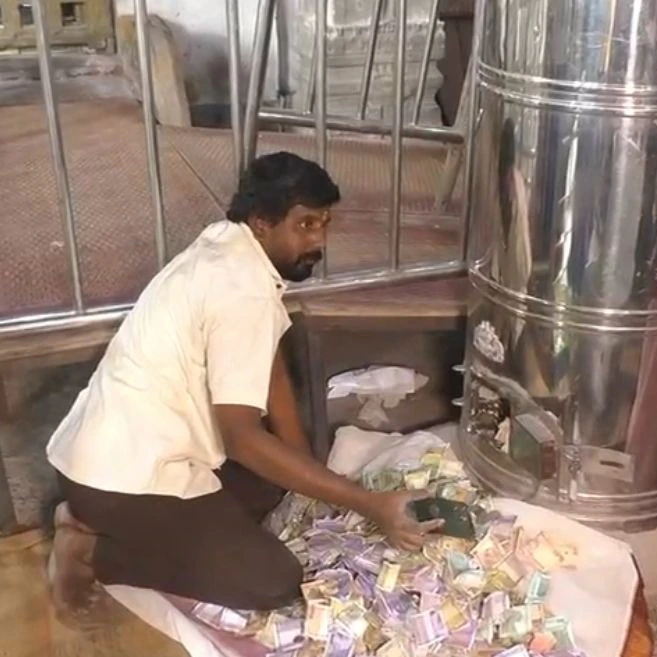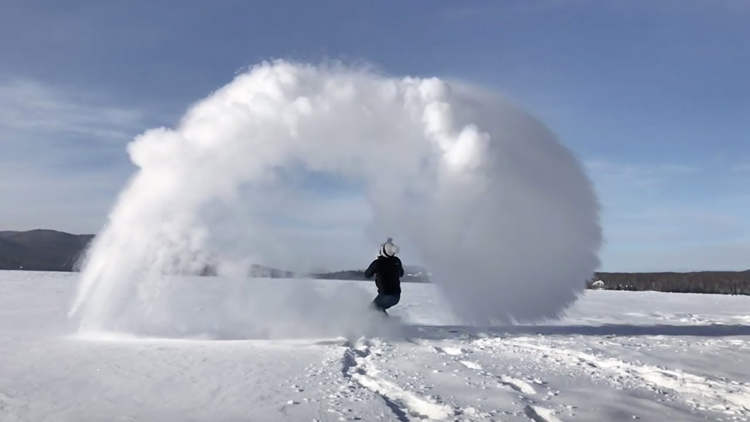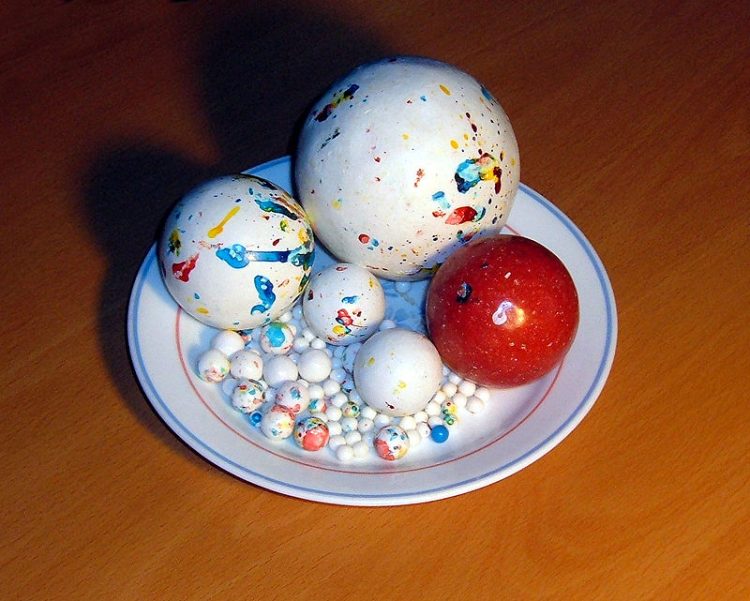Located alongside a motorway outside of Melbourne, in Australia’s Victoria state, lies Hotel EastLink. At least what looks like a high-rise hotel, because in reality, it’s just an unusual sculpture.
Designed by local artist Callum Morton, the Hotel EastLink was unveiled in 2007, and it has been confusing motorists ever since. It’s not as large as a high-rise hotel – 20 meters tall, 12m wide, and 5m thick – but driving past it at high speed for the first time, it’s really hard to tell, so it’s no wonder that people actually look it up online and actually call in for reservations. To make it even more confusing, at night, some of the windows are lit up, which makes it seem like some of the rooms are occupied. But there are no rooms, and the building itself can’t be entered, because the whole thing is a sculpture designed purely for ornamental purposes.

